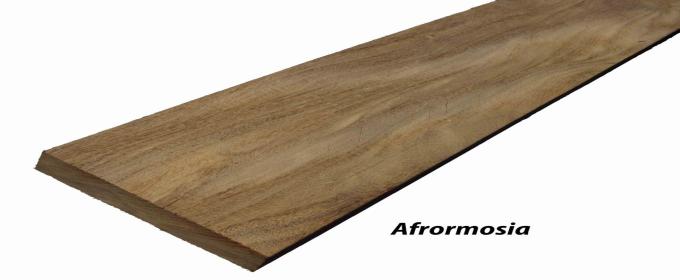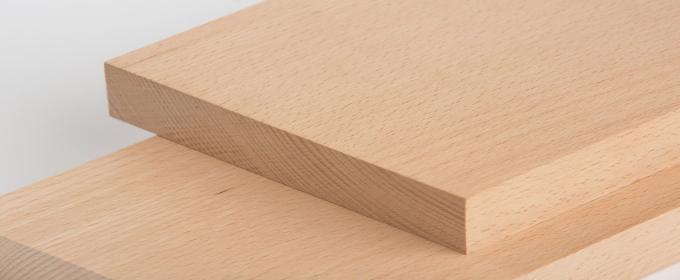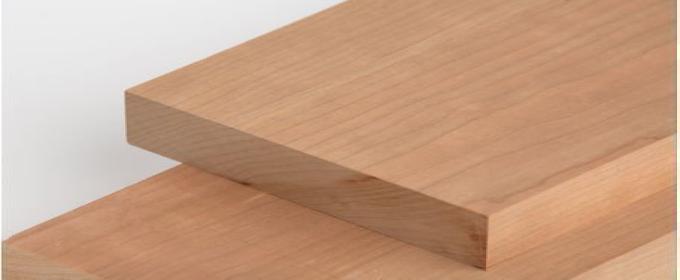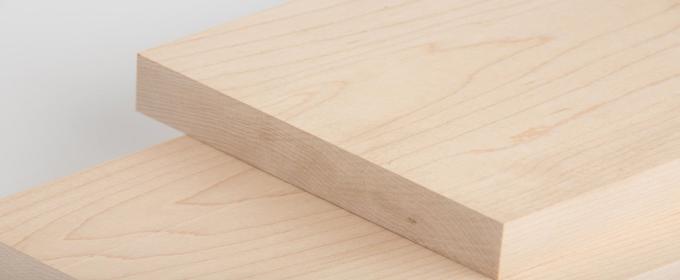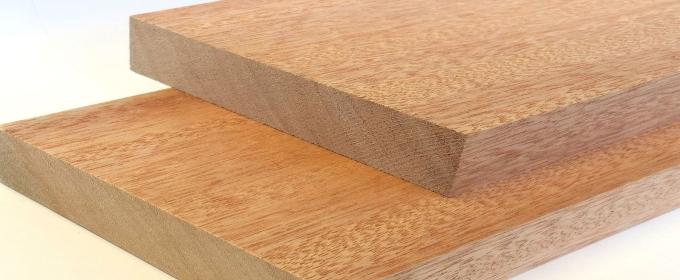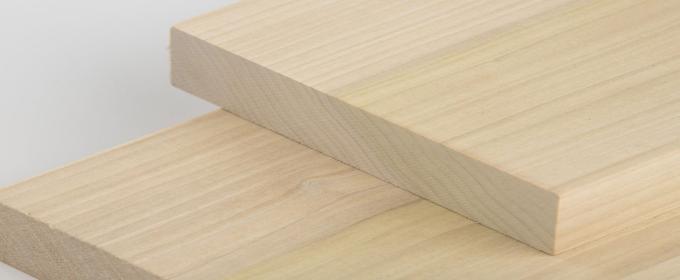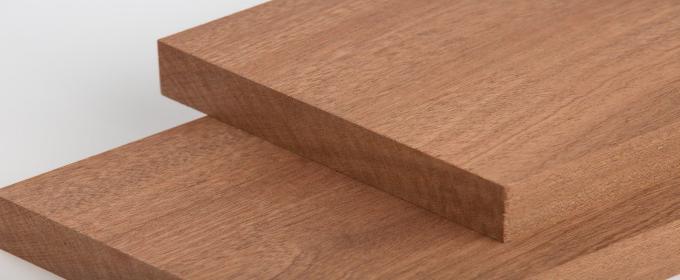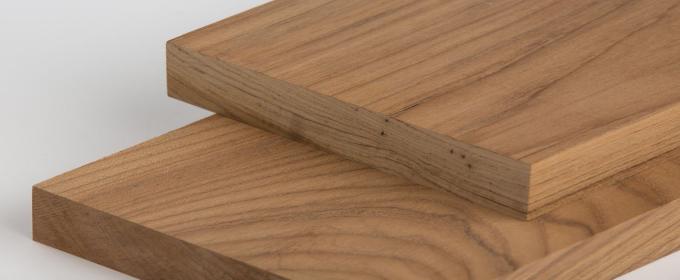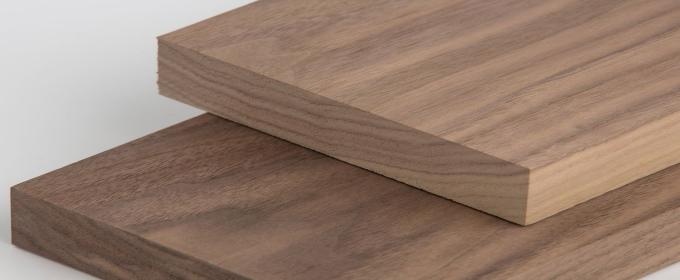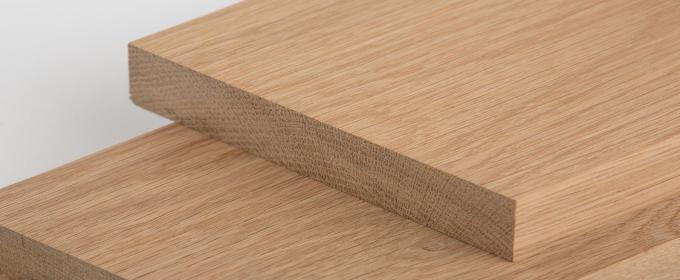
The term hardwood designates wood from broad-leaved (mostly deciduous, but not necessarily, in the case of tropical trees) or angiosperm trees. Hardwood contrasts with softwood, which comes from conifer trees. On average, hardwood is of higher density and hardness than softwood, but there is considerable variation in actual wood hardness in both groups, with a large amount of overlap; some hardwoods (e.g. balsa) are softer than most softwoods, while yew is an example of a hard softwood. Hardwoods have broad leaves and enclosed nuts or seeds, such as acorns. They often grow in subtropical regions like Africa and also in Europe and other regions, such as Asia. The dominant feature separating hardwoods from softwoods is the presence of pores or vessels.
Hardwood species are more varied than softwood. There are about a hundred times as many hardwood species as softwoods. The vessels may show considerable variation in size, shape of perforation plates (simple, scalariform, reticulate, foraminate), and structure of cell wall (e.g. spiral thickenings). Hardwoods are employed in a large range of applications including (but not limited to): construction, furniture, flooring, utensils, etc. Hardwoods are generally more resistant to decay than softwoods when used for exterior work. However, solid hardwood joinery is expensive compared to softwood (in the past, tropical hardwoods were easily available but the supply is now restricted due to sustainability issues) and most "hardwood" doors, for instance, now consist of a thin veneer bonded to medium-density fibreboard (MDF).
Softwood is the general term used in the woodworking industry for coniferous wood (needle-like trees of the genus Pefki). These include: pine, spruce, cedar, fir, larch, Douglas spruce, coniferous fir, cypress, scarlet and evergreen fir. As the name implies, softwoods are softer than hardwoods, with some notable exceptions. For example, Douglas spruce is harder and more durable than many hardwoods, while balsa, a hardwood from a technical point of view, has a softer wood than many softwoods. We always aim to deliver on time with our professional fleet of trucks, which are especially equipped with hydraulic mechanisms for quick unloading.
The difference between softwood and hardwood is found in the microscopic structure of the wood. Softwood contains only two types of cells, longitudinal wood fibres (or tracheas) and transverse ray cells. Softwoods lack vessel elements for water transport that hardwoods have; these vessels manifest in hardwoods as pores. In softwood, water transports within the tree only via the tracheas. Some softwood, such as pine, spruce, larch, and Douglas fir, have resin canals, which provide the transport of resin as a defence against injury. In general, softwood is easy to work with: it forms the bulk of wood used by man. Softwood has a huge range of uses: it is a prime material for structural building components, but is also found in furniture and other products such as millwork (mouldings, doors, windows). Softwood is also harvested for the production of paper, and for various types of board such as MDF. The finer softwoods find many specialty uses.
